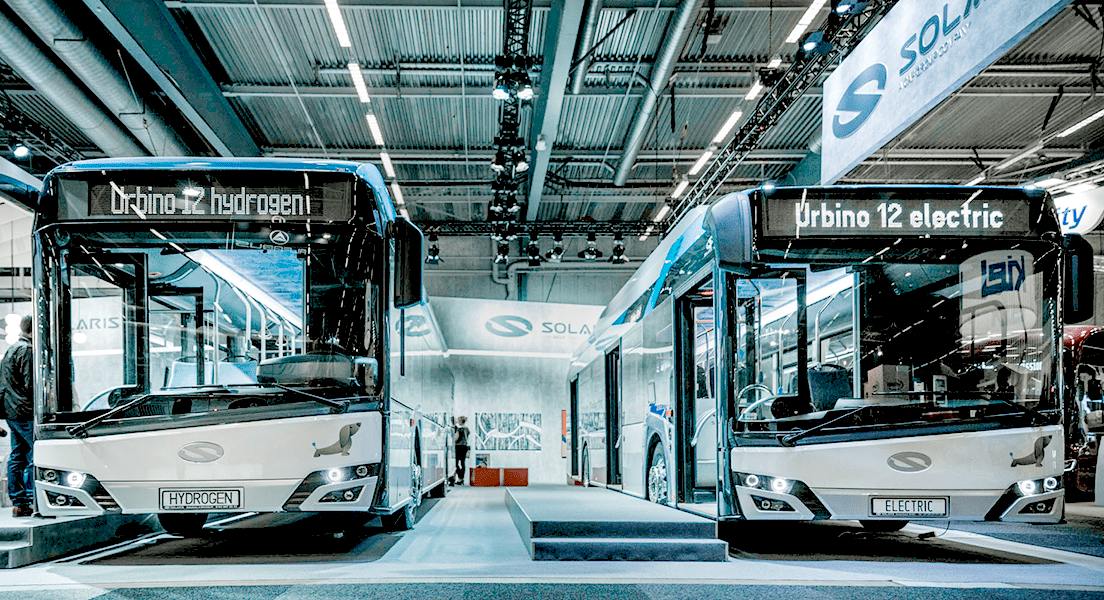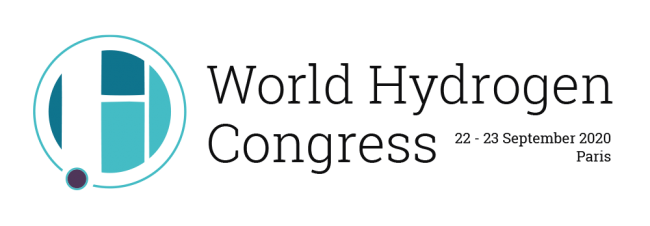|
CHBC WORLD HYDROGEN CONGRESS 2020
Please use our A-Z INDEX to navigate this site where page links may lead to other sites
|
|||||||||||||||||||||||||||||||||||||||||||||||||||||||||||||||||||||||||||||||||||||||||||||||||||||||||||||||||||||
|
The World Hydrogen Congress is the annual meeting place for senior decision-makers right across the hydrogen production and distribution value chain. An outstanding executive line up augmented by strong association support from both the blue and green hydrogen markets is leading to what promises to be a unique event for all hydrogen executives. The World Hydrogen Congress invites you to be part of an innovative platform of thought leaders, exchanges and debates between key hydrogen stakeholders, technology & science providers and world-leading industry views in just 2 intense, information-rich days.
The World Hydrogen Congress is the leading annual meeting place for senior executives working in the field of hydrogen production, transportation, distribution, storage, policy and end use applications.
The global energy markets are in transition led by the technological disruption of renewable energy power, digital technologies and the need to decarbonize the power generation, mobility and heat energy markets in the face of the rapidly evolving climate change reality. Hydrogen is a rapidly growing solution to decarbonizing power generation, energy storage, cost efficient drive-trains and most especially; industrial heat markets.
HYDROGEN POSITIVES & NEGATIVES
1. Safety from gas leaks, requires excellent detection & failsafe shutdown.
2. Cost of production of hydrogen gas is expensive compared to fossil fuels.
3. Hydrogen needs a Fuel Cell conversion device to accompany a) pressure or b) cryogenic storage containers.
4. Conversion efficiency is low. We lose around 60% of the total input energy - or recover 23% as opposed to 69% for a comparable battery electric vehicle.
5. Hydrogen has a superior energy density, meaning that as 1-4 are overcome, hydrogen has advantages for trains, trucks and ships, save for production and distribution complexity.
6. Distribution needs to be worked out, road transport and/or pipelines.
7. Competing charging infrastructure (via the grid) already exists for battery electric vehicles.
8. Infrastructure for ports to supply ships needs implementation.
APRIL
2020
- China is promising more subsidies to shore up plunging electric car sales amid the coronavirus pandemic but set limits that exclude Tesla’s made-in-China model.
TRANSPORT
If we want a practical solution for the next 50 years beginning within 10 years, hydrogen has many obstacles to overcome, where battery exchange recharging by swapping packs is already making headway in China and India, and is sure to become more popular as a way of instantly recharging EV's and also load levelling generation from solar and wind electricity. One potential solution under development is a Dual Fuel service station where energy packs can include hydrogen as the storage medium. With such a system, instead of competing with batteries, hydrogen interests can work alongside battery concerns to build a comprehensive transport infrastructure.
A - Z INDEX OF SPONSORS AND ASSOCIATES
....
CONTACTS
LINKS & REFERENCE
https://www.worldhydrogencongress.com/ https://www.greenpowerglobal.com/ https://www.fch.europa.eu/event/world-hydrogen-congress-working-towards-zero-emission-world
Please use our A-Z INDEX to navigate this site
This website is provided on a free basis as a public information service. copyright © Climate Change Trust 2020. Solar Studios, BN271RF, United Kingdom.
|



